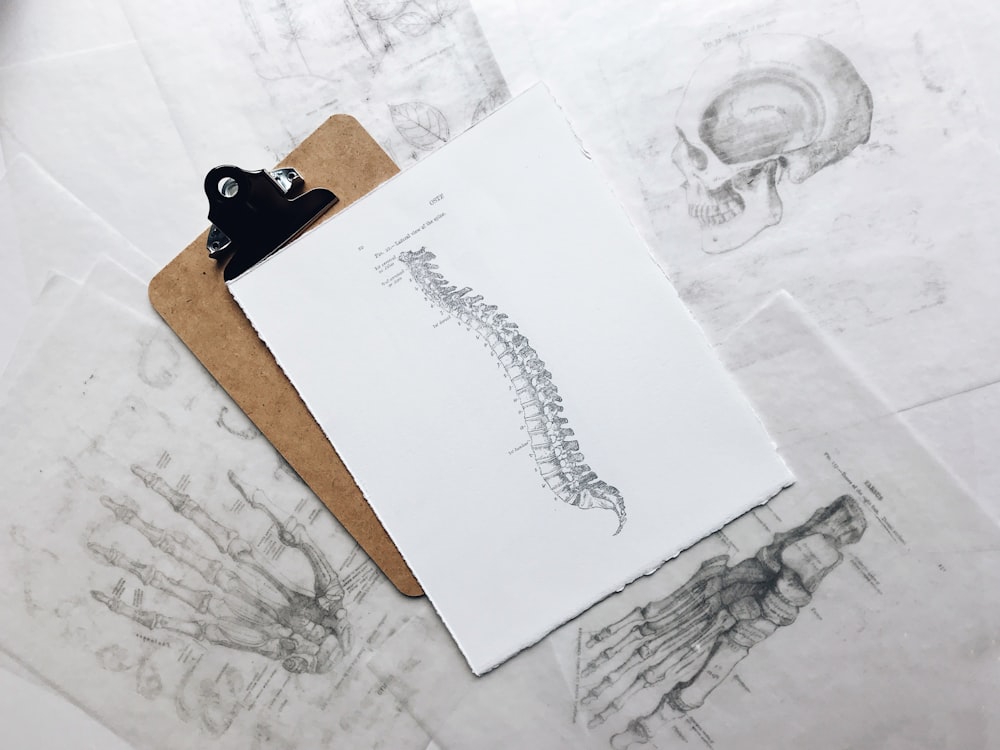目次
パーキンソン病症例のすくみ足と歩行姿勢の関連
パーキンソン病症例で問題となることが多いのがすくみ足です.
すくみ足についてはさまざまな介入方法が報告されておりますが,歩行姿勢との関連性というのはどうなのでしょうか?
もしかしたらすくみ足の改善に歩行姿勢の改善が糸口となる可能性があります.
今回はパーキンソン病症例のすくみ足と歩行姿勢の関連を考えるうえで参考になる論文をご紹介させていただきます.

今回ご紹介する論文
Gait Posture. 2023 Oct 26:S0966-6362(23)01472-8. doi: 10.1016/j.gaitpost.2023.10.017. Online ahead of print.
Dynamic evaluation of spine kinematics in individuals with Parkinson’s disease and freezing of gait
C Palmisano 1, V Farinelli 2, F Camuncoli 3, A Favata 4, G Pezzoli 5, C A Frigo 3, I U Isaias 6
Affiliations expand
PMID: 37993298 DOI: 10.1016/j.gaitpost.2023.10.017
今回ご紹介する論文は2023年に掲載された論文です.
研究の背景
Background: Freezing of gait (FoG) is an episodic failure of gait exposing people with Parkinson’s disease (PD) to a high risk of falling. Despite growing evidence of the interconnection between impaired trunk control and FoG, a detailed description of spinal kinematics during walking is still lacking in this population.
歩行中のすくみ足はパーキンソン病(PD)症例を転倒の危険にさらすエピソード性の歩行障害であります.
体幹の姿勢制御障害とすくみ足との相互関連性は証明されつつあるにもかかわらず,歩行中の脊柱運動学に関する詳細な記述はまだ不足しております.
研究の目的
Research question: Do spinal alterations impact gait performance in individuals with PD and FoG?
この研究ではパーキンソン病およびすくみ足症例において脊柱の変化は歩行パフォーマンスに影響を及ぼすかどうかを明らかにすることを目的としております.
研究の方法
Methods: We analyzed kinematic data of 47 PD participants suffering (PD-FOG, N = 24) or not suffering from FoG (PD-NFOG, N = 23) and 15 healthy controls (HCO) during quiet standing and unperturbed walking. We estimated the main spinal variables (i.e., spinal length, lordosis and kyphosis angles, trunk inclination), the pelvis angles, and the shoulder-pelvis angles during gait and standing. We studied differences across conditions and groups and the relationships between postural and gait parameters using linear regression methods.
すくみ足に罹患している(PD-FOG,N=24),またはすくみ足に罹患していない(PD-NFOG,N=23)47例のパーキンソン症例と15例の健常対照者(HCO)の静かな立位と無拘束歩行時の運動学的データを分析しております.
歩行時および立位時の主な脊柱変数(すなわち脊柱長,前弯・後弯角度,体幹傾斜),骨盤角度,肩-骨盤角度を推定しております.
線形回帰法を用いて条件や群による違い,姿勢パラメータと歩行パラメータの関係を検討しております.
研究の結果
Results: During standing and walking, both PD groups showed increased trunk inclination and decreased lordosis angle with respect to HCO, as well as a decreased range in variation of kyphosis angle, pelvic obliquity, and shoulder-pelvis angles. Only PD-FOG participants showed reduced range of lordosis angle and spinal length compared to HCO. PD-FOG individuals were also not able to straighten their spine during walking compared to standing. Stride length and velocity were decreased in both patient groups compared to HCO, while swing duration was reduced only in the PD-FOG group. In individuals with FoG, trunk inclination and lordosis angle showed moderate but significant positive correlations with all gait alterations.
立位および歩行時,パーキンソン病群は健常群と比較して体幹傾斜が増加し,前弯角度が減少しておりました.
すくみ足のあるパーキンソン病症例のみが健常例と比較して,前弯角度と脊柱長の範囲の減少を示しました.
またすくみ足のあるパーキンソン病群では,立位と比較して歩行時に脊柱を伸展することができませんでした.
歩幅と速度は両群とも健常群と比較して減少しておりましたが,遊脚時間はすくみ足のあるパーキンソン病群でのみ減少しておりました.
すくみ足のあるパーキンソン病症例では,体幹傾斜と前弯角がすべての歩行の変化と中等度だが有意な正の相関を示しました.
研究の意義
Significance: Spine alterations impacted gait performance in individuals with PD suffering from FoG. Excessive trunk inclination and poor mastering of the lordosis spinal region may create an unfavourable postural precondition for forward walking. Physical therapy should target combined spinal and stepping alterations in these individuals.
脊柱の変化はすくみ足のあるパーキンソン病の歩行能力に影響を与えました.
過剰な体幹傾斜と脊柱前弯の習得不足は前方歩行に好ましくない姿勢の前提条件を作り出す可能性があります.
理学療法では脊柱とステップの複合的な変化を対象とすべきであります.
今回はパーキンソン病症例のすくみ足と歩行姿勢の関連を考えるうえで参考になる論文をご紹介させていただきました.
予想通りではありますが脊柱伸展が関連があるということですね.
脊柱の伸展運動をどのように賦活するかがポイントになるでしょうね.






